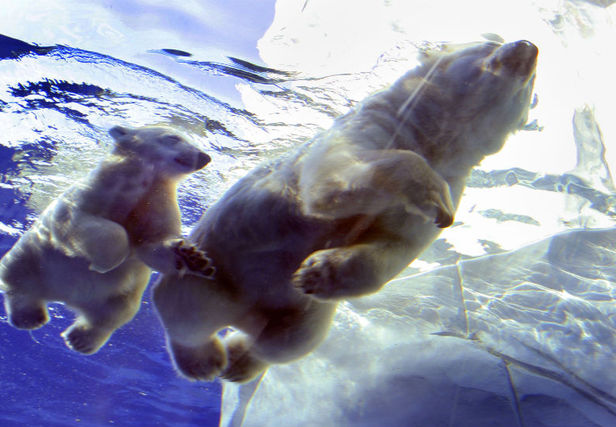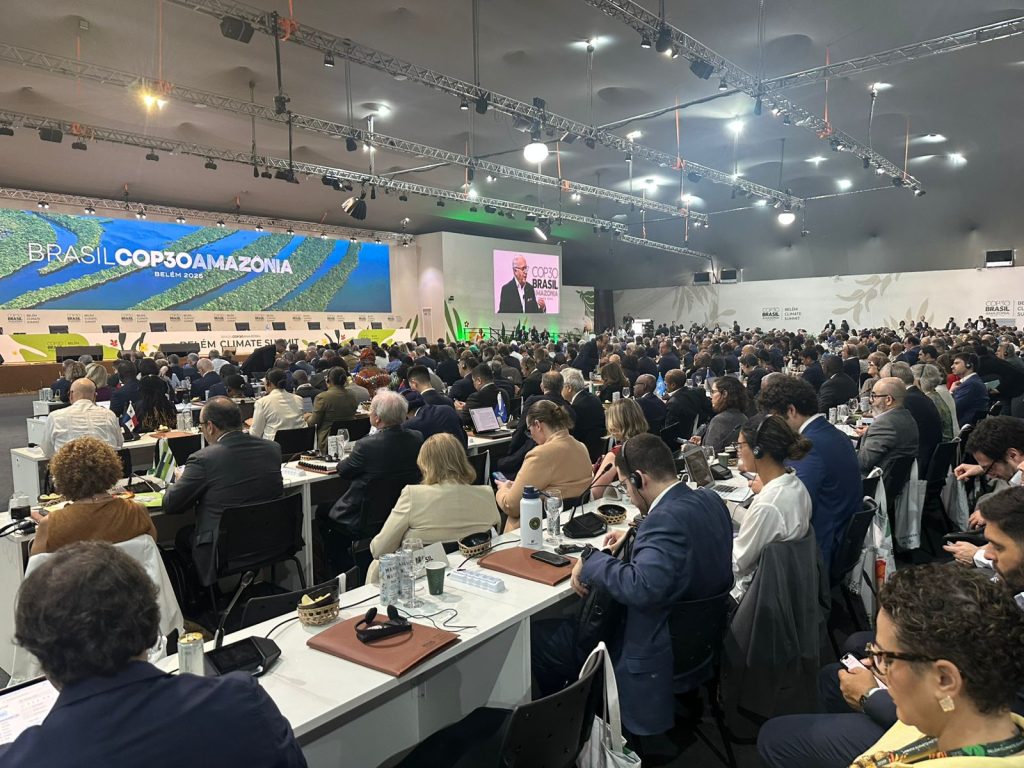1.5 Degrees Survive and Thrive


On 20th April 2017, while the political parties and government of Nepal was having discussion on the local election in the capital, Barun region in remote part of eastern Nepal saw a flash flood. The flood of Barun river that was carrying huge mass of debris blocked Arun river at Arun- Barun confluence resulting in formation of 2 Km long and 0.2 Km wide artificial lake putting at least 50 household downstream directly at high risk. Flooding in snow fed Arun River washed down uprooted trees and sediments and blocked the river at the confluence.
Arun River is a major tributary of Saptakoshi. If the lake burst, the impact would be observed up to Bihar in India with unimaginable human and economic loss.
A team of expert from Ministry of Home Affairs visited the site and concluded that heavy rainfall and flooding with small streams feeding Barun River had caused the incident. Later another news report stated that it was a result of Glacier Lake Outburst Flood (GLOF). Yet the exact reason is unclear, both reports are linked to changing climate.
Climate of Nepal has changed significantly from the last few decades. Temperature increases has been observed since the 1970s, where the increase in temperature is even more pronounced in higher elevation. Over the same interval, precipitation has become both more intense and erratic, with the country experiencing fewer rainy days on average. The observed changes in the climate have a huge impact on various sectors such as agriculture, biodiversity, disaster, water and energy, human health, infrastructures and settlements. Climate change in Nepal has made local communities more vulnerable because of agriculture based livelihood which heavily relies on climate,harsh topography and climatic variation, fragile ecosystem, and of economic and technological capacity to tackle the impact on climate change.
The evidence of the impact on climate change is already clear. In many areas food production has declined as a result of climate change, posing threat to food security while other communities are at high risk of climate induced disasters mainly flooding and inundation in Terai and landslide in the hills. The incidence of flooding and landslides are followed by epidemics in most of the cases. As a result of significant warming in higher altitudes, both the number and size of glacier lakes are increasing. Range shifting is common response to climate change in high altitude plants and animals as a result of which mountain communities are facing difficulties in livestock rearing and food production. Long term droughts resulting in drying up of natural springs and shortage of drinking water is another common problem in mid hill communities of Nepal.
A study carried out by Department of Hydrology and Meteorology on climate and climate variation over Nepal indicate that the temperature in Nepal is increasing at the rate of 0.04ºC per year. If this trend continues, by 2054 the temperature will rise by 1.5ºC. The rate of global surface temperature increases is even higher than that of mean annual temperature increase in Nepal. A study by Andrew King, Research Fellow at Melbourne University shows that, at current emission pathway the global surface temperature will reach 1.5ºC above preindustrial average temperature by 2024. This projection sounds reliable if we consider the Feb-March temperature of 2016 which peaked at 1.38ºC above the preindustrial average. In 2015 in Paris, the international community agreed to keep temperature “well below 2°C above preindustrial levels and pursuing efforts to limit the temperature increase to 1.5°C.” It is uncertain whether the global community can limit the temperature as agreed in Paris but one thing is certain, for a least developed mountainous countries like Nepal, 1.5ºC rise of temperature would be devastating.
With 1.5ºC rise of temperature, probability of extreme and destructive weather events like floods, droughts, storms, and heat waves increases. A research published in the journal Earth System Dynamics shows that the longest warm spell would span about 1.5 months in South Asia, the region highly vulnerable to extreme heat events. The monsoon is likely to intensify with 10 percent increases in extreme precipitation. Long terms drought has already started drying up natural springs, further rise in temperature will intensify water scarcity problem throughout the country. Currently 40% of the districts in Nepal are food deficit and Nepal represents 46th position among 52 countries falling under serious Global Hunger Index (GHI). A temperature rises of about 1.5ºC will reduce the production of rice and wheat by 10-15% creating a hunger trouble situation and when the exporter cutoff the amount of food they export to Nepal to feed their own people, the situation will be more critical.
Several studies carried out in Nepal Himalaya indicate that tree line species are shifting upward by at least 0.3 m every year to adapt to changing climate. Temperature increased from Nepal is more pronounced in higher elevation compared to other region which has in one hand caused the snow to melt faster and on the other hand increased the volume of water in the glacier lakes thereby increasing the risk of GLOF. If the warming trend continuous to 1.5ºC and beyond, the snowy slopes of mountains will be replaced by upward climbing alpine forest and most of the potentially dangerous glacier lakes will burst affecting human settlements and infrastructures downstream. Mountain Permafrost – ground that has lain frozen for many years will dissolve into mud and lakes, destabilizing whole areas.
In 2014, Everest mountaineering saw worst accident in the history as 13 Sherpa were killed by an avalanche initiated from a hanging glacier. With 1.5ºC rise in global temperature, such incidence will be more common and mountaineering will become more challenging. This will directly affect revenue generation and economy of the country.
Climate change has already affected agriculture, economy and livelihood. The impacts will multiply manifold if the temperature rises by 1.5ºC and beyond. But with a handful of scientific evidence, there is still hope that the warming can be limited below 1.5ºC. The future of least developed country like Nepal whose global greenhouse gas contribution is negligible depends on how well the international community collaborates and acts to limit the warming below 1.5°C. Vulnerable countries like Nepal should raise their voice as a call for strong early action and to warn that the time is running out.
Looking back to Barun incidence, fortunately the artificially formed debris dam lake in Arun River didn’t burst as it began to overflow and breach out naturally from the evening of 21 April. However the locals of Barun Bazar and Gola are still spending their night in caves because of the fear that the flood would return anytime.

 Raju Chauhan
Raju Chauhan



Feedback